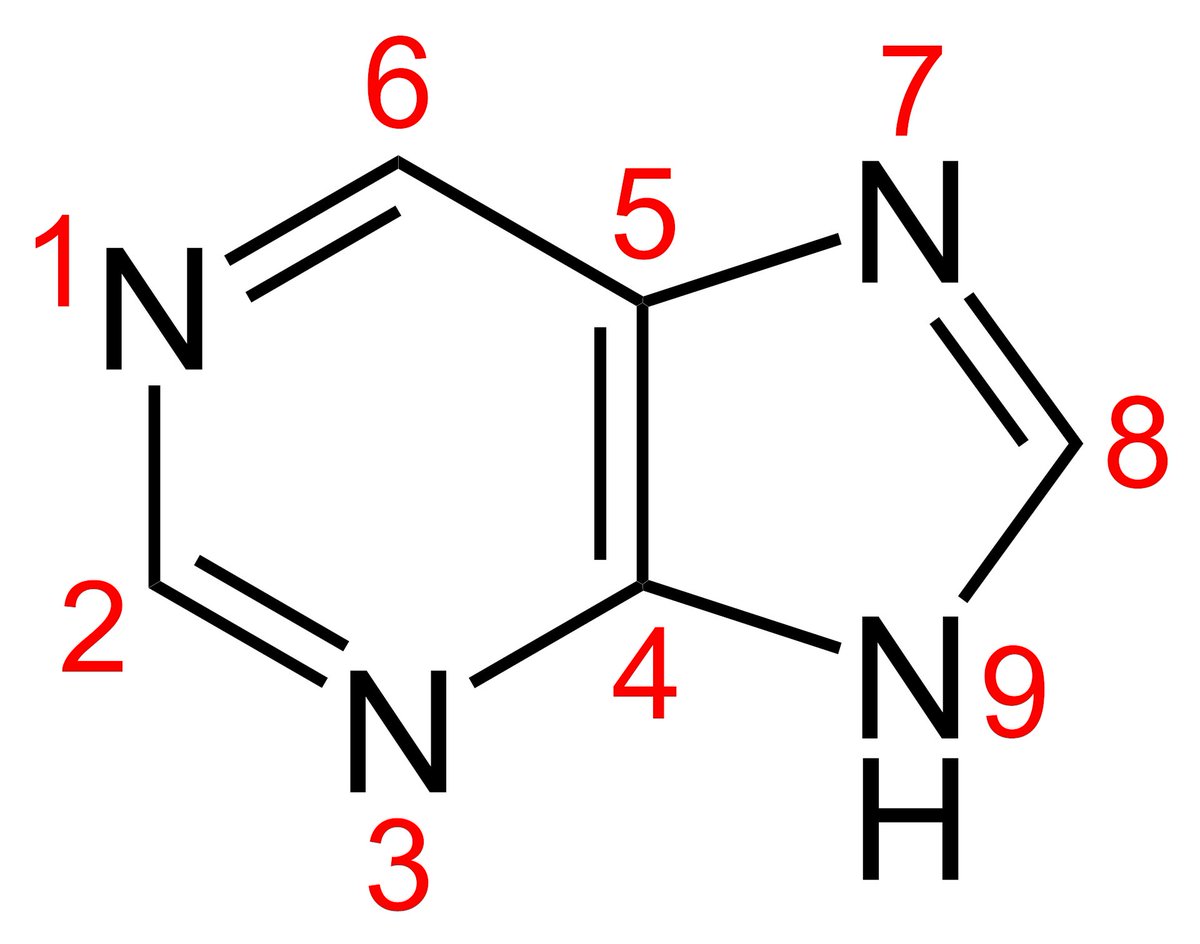1/
Hi #dermtwitter! Back for another #tweetorial/#medthread on nails! Today we’re learning about:
ONYCHOMYCOSIS- nail fungus!
This is THE most common nail condition- so follow along!
Education from @naildisorders
#medstudenttwitter #medtwitter #meded #FOAMed
Hi #dermtwitter! Back for another #tweetorial/#medthread on nails! Today we’re learning about:
ONYCHOMYCOSIS- nail fungus!
This is THE most common nail condition- so follow along!
Education from @naildisorders
#medstudenttwitter #medtwitter #meded #FOAMed

2/
Onychomycosis is more common in adults than kids.
Trauma, diabetes, immunosuppression, tinea pedis, psoriasis, and family history are some risk factors
Pro tip- check the feet for tinea pedis if you suspect onychomycosis!
@podiatrytoday
Onychomycosis is more common in adults than kids.
Trauma, diabetes, immunosuppression, tinea pedis, psoriasis, and family history are some risk factors
Pro tip- check the feet for tinea pedis if you suspect onychomycosis!
@podiatrytoday

3/
Patients with onychomycosis present with nail discoloration (yellow to brown), onycholysis (nail separation), nail brittleness, or nail thickening.
The big toenail is most frequently affected.
Fingernail involvement without also have toenail involvement is uncommon.
Patients with onychomycosis present with nail discoloration (yellow to brown), onycholysis (nail separation), nail brittleness, or nail thickening.
The big toenail is most frequently affected.
Fingernail involvement without also have toenail involvement is uncommon.

4/ The yellow streaking of onychomycosis on #dermoscopy has been compared to aurora borealis (Northern lights!).
Now I can’t un-see it!
@IDS_Dermoscopy

Now I can’t un-see it!
@IDS_Dermoscopy


5/
Fungus can cause melanonychia (black nail color), which may mimic nail melanoma
Tip: Brown color caused by fungus is often wider at the tip and skinnier as it spreads up the nail.
When in doubt…refer to a specialist to obtain a nail biopsy!
Fungus can cause melanonychia (black nail color), which may mimic nail melanoma
Tip: Brown color caused by fungus is often wider at the tip and skinnier as it spreads up the nail.
When in doubt…refer to a specialist to obtain a nail biopsy!

6/
Not all nail thickening is fungus! This is why it’s important to confirm diagnosis before treating.
Mimickers can include psoriasis (top) or just trauma to the nail (bottom)!
Not all nail thickening is fungus! This is why it’s important to confirm diagnosis before treating.
Mimickers can include psoriasis (top) or just trauma to the nail (bottom)!

7/
Distal lateral subungual onychomycosis (A) is the most common subtype
Proximal subungual onychomycosis (B) may be associated with immunosuppression and warrants an HIV test.
Check out our previous post on nail findings in systemic diseases to learn more!
Distal lateral subungual onychomycosis (A) is the most common subtype
Proximal subungual onychomycosis (B) may be associated with immunosuppression and warrants an HIV test.
Check out our previous post on nail findings in systemic diseases to learn more!

8/
Onychomycosis can be caused by dermatophytes (60-70%), non-dermatophyte molds (like Aspergillus pictured!) (20%), and yeasts including Candida (10-20%)
@microbioSoc
@microbetweets
Onychomycosis can be caused by dermatophytes (60-70%), non-dermatophyte molds (like Aspergillus pictured!) (20%), and yeasts including Candida (10-20%)
@microbioSoc
@microbetweets

9/
Not all organisms will respond to the same antifungals so taking a culture or doing PCR is IMPORTANT!
Microscopic examination with KOH can be performed quickly in the office setting…but doesn’t tell you what type or if it’s alive
Not all organisms will respond to the same antifungals so taking a culture or doing PCR is IMPORTANT!
Microscopic examination with KOH can be performed quickly in the office setting…but doesn’t tell you what type or if it’s alive
10/
To take a fungal culture…
1.) Clean nail with both 70% isopropyl alcohol and soap and water to remove colonizing organisms
2.) Clip nail and scrape debris from under the nail for culture (debris is where the money is!)
To take a fungal culture…
1.) Clean nail with both 70% isopropyl alcohol and soap and water to remove colonizing organisms
2.) Clip nail and scrape debris from under the nail for culture (debris is where the money is!)

11/
You got the diagnosis! Yay! Now what?
Antifungal pills can be most effective. Alternatively, there are rx topicals or alternative tx – tea tree oil and Vick’s Vaporub around the nails have decent data!
You got the diagnosis! Yay! Now what?
Antifungal pills can be most effective. Alternatively, there are rx topicals or alternative tx – tea tree oil and Vick’s Vaporub around the nails have decent data!
12/
Once confirmed…terbinafine is the first-line therapy for dermatophyte infections and azoles work for NDMs and yeasts.
What laboratory test should be obtained prior to starting terbinafine?
Once confirmed…terbinafine is the first-line therapy for dermatophyte infections and azoles work for NDMs and yeasts.
What laboratory test should be obtained prior to starting terbinafine?
13/
Some say LFTs should be obtained at baseline to identify patients with liver disease, but LFT monitoring while on terbinafine therapy has fallen out of favor
👀👇
jamanetwork.com/journals/jamad…
Counsel pts to watch for symptoms of liver disease such as pruritus, abd pain, jaundice
Some say LFTs should be obtained at baseline to identify patients with liver disease, but LFT monitoring while on terbinafine therapy has fallen out of favor
👀👇
jamanetwork.com/journals/jamad…
Counsel pts to watch for symptoms of liver disease such as pruritus, abd pain, jaundice
14/
@Thanks for joining for another nail #tweetorial with @naildisorders!
Onychomycosis is important for #derm, #podiatry, #primarycare and anyone whose family loves sending them pictures of their problems #lifeofamedstudent.
🙏 to @nickles_Melissa for prep of this thread!
@Thanks for joining for another nail #tweetorial with @naildisorders!
Onychomycosis is important for #derm, #podiatry, #primarycare and anyone whose family loves sending them pictures of their problems #lifeofamedstudent.
🙏 to @nickles_Melissa for prep of this thread!
• • •
Missing some Tweet in this thread? You can try to
force a refresh





















